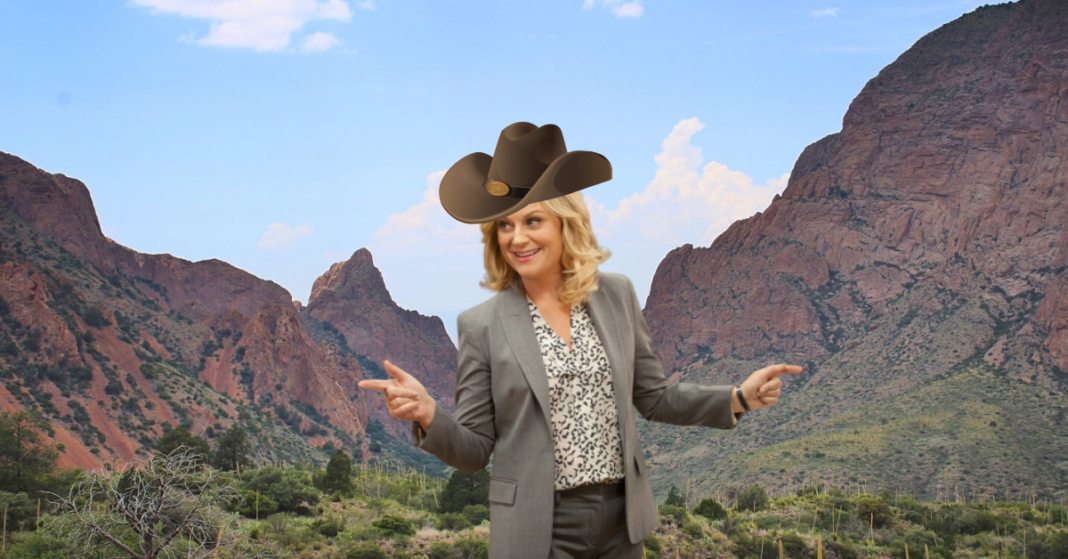It’s no secret that off-year Constitutional Amendment elections don’t draw the same crowds as midterms or Presidential elections. However, this year voters will head to the polls to decide on funding for Texas parks.
If passed, Prop. 5 will change the Texas Constitution so that money generated by sales tax revenue from sporting goods will go to the Parks and Wildlife Department and the Texas Historical Commission.
Although state law already designates sales tax on sporting goods for state parks and historic sites, a significant portion of the funds are used by the Texas Comptroller’s office to balance the budget.
An independent review of state spending conducted by the Texas Coalition for State Parks — a non-profit conservationist group created to push for Prop. 5 — found that just about $34 million of average tax revenue out of $95 million makes it to the parks department and historical commission.
The coalition for state parks based their estimate on pre-2017 spending. In both the 2017 and 2019 sessions the legislature raised the amount of money allocated to parks and historic sites.
In the last two budgets, the parks department and historical commission received between 89 and 100 percent of the sales tax revenue available to the agencies. However, there currently is no guarantee that a future legislature will give the agencies the same amounts.
The proposed amendment will ensure that all applicable sales tax revenue from sporting good sales goes to the Texas Parks and Wildlife Department and the Texas Historical Commission.
Both the parks department and the historical commission say that the funding increase is necessary because state parks and historic sites are suffering from inadequate staffing and deferred maintenance.
Both the parks department and historical commission are facing budget shortfalls despite the fact that state parks and historic sites are experiencing increases in visitors.
With a proposed funding increase for parks on the ballot, it seemed like a good time to take a look at some of Texas’ more iconic state parks. In no particular order
Caddo Lake State Park

A great place for kayaking and canoeing. Visitors can tour the 26,810-acre Caddo Lake, which harbors more than 70 species of fish and trek through the 50 miles of paddling trails in and around the park.
Big Bend Ranch State Park

While the neighboring national park is one of the most famous places in Texas, the state park offers just as many stunning vistas and opportunities for exploration. The park has 238 miles of multi-use trails and 70 miles of unmaintained dirt roads. Visitors can hike, mountain-bike, backpack, paddle, ride horses or explore by vehicle.
Lost Maples State Natural Area

People all over Texas complain about the lack of fall foliage—unless they’ve been to Lost Maples. The park is home to a special strand of Uvalde bigtooth maples, which brings visitors to the park each autumn to see the leaves change color.
Longhorn Cavern State Park

One of Texas’ most gorgeous limestone caverns, the park was constructed by the Civilian Conservation Corps in the 1930s. The park offers opportunities for hiking and picnicking, while the cavern itself is available for guided tours.
Garner State Park

With 2.9 miles of the Frio River winding through 1,774 acres of scenic Hill Country terrain, the park offers a chance to indulge in that most Texas of past times, floating the river. Visitors can also hike 16 miles of scenic trails, camp, study nature, play miniature golf and ride bikes.







